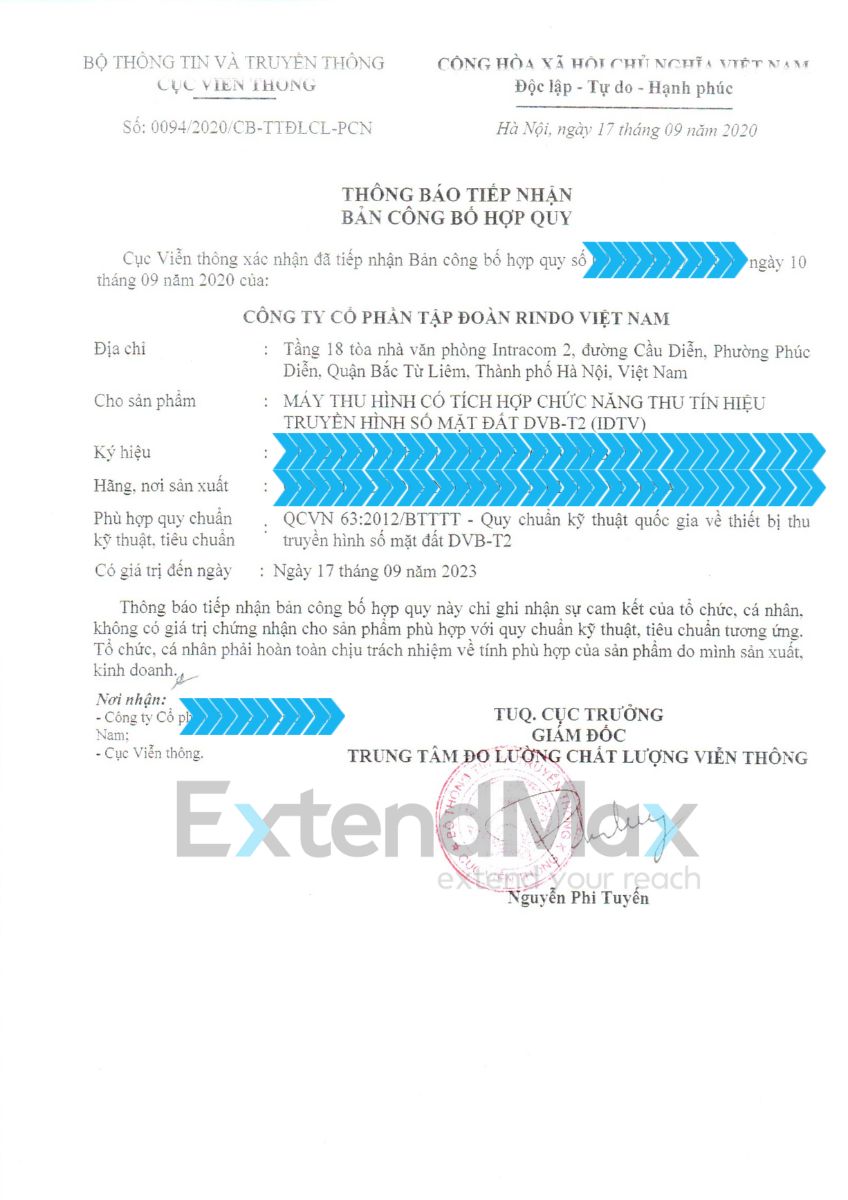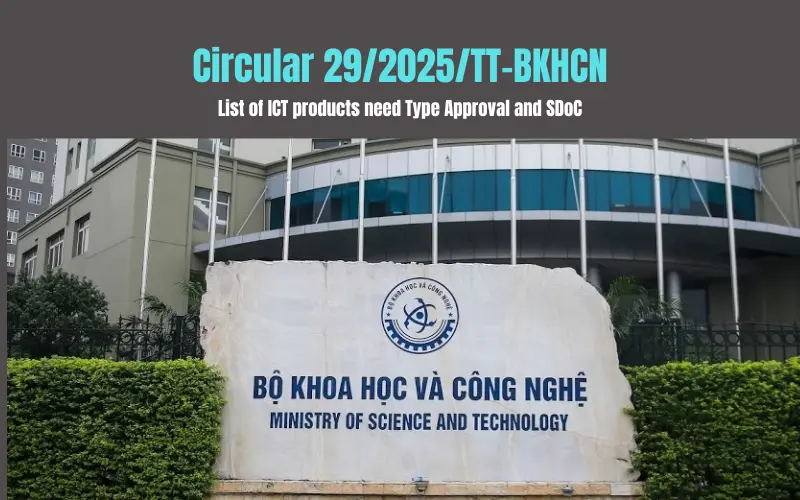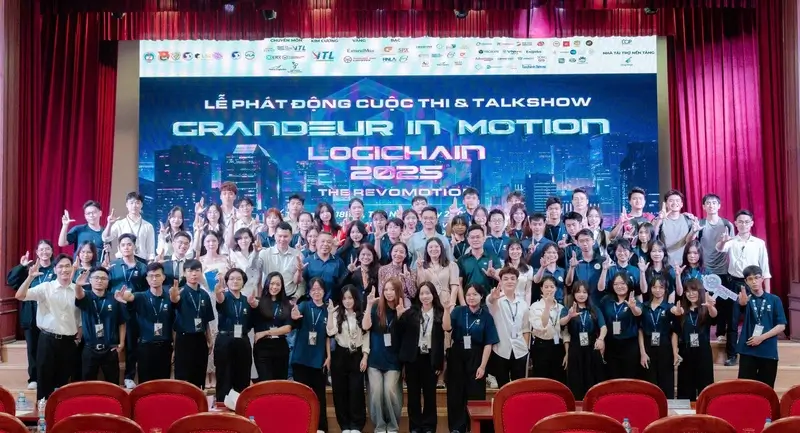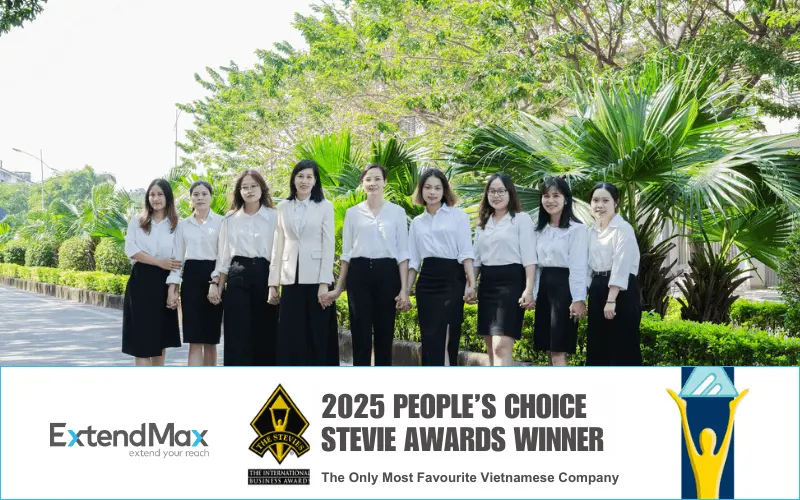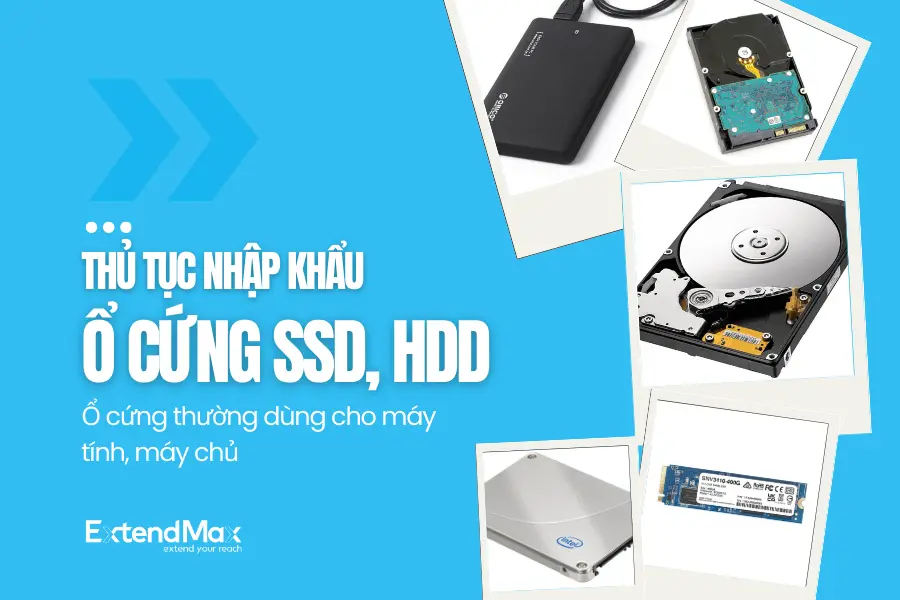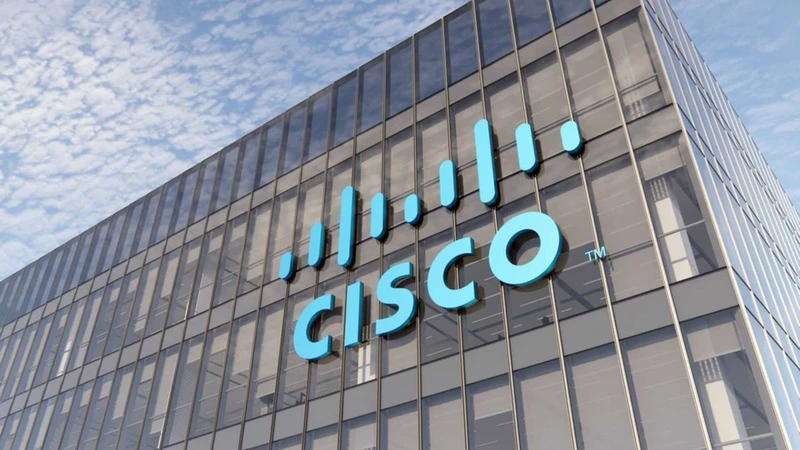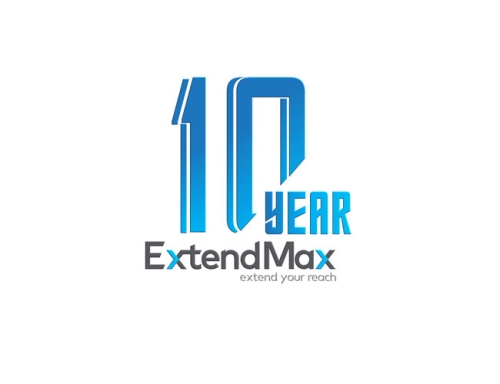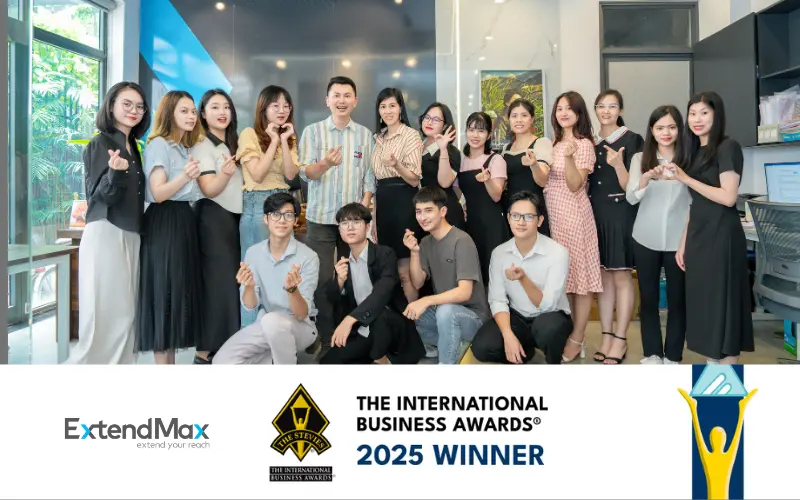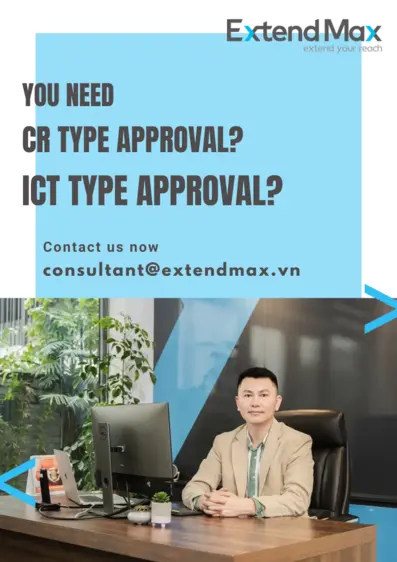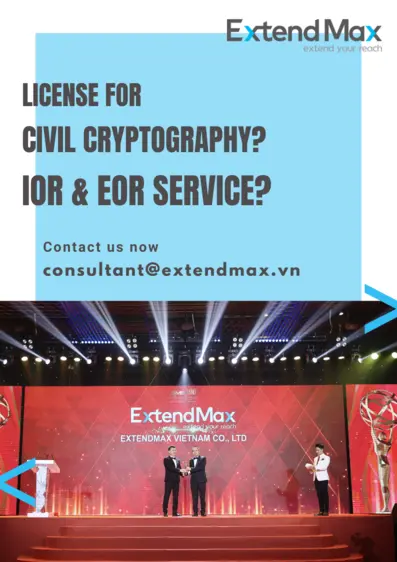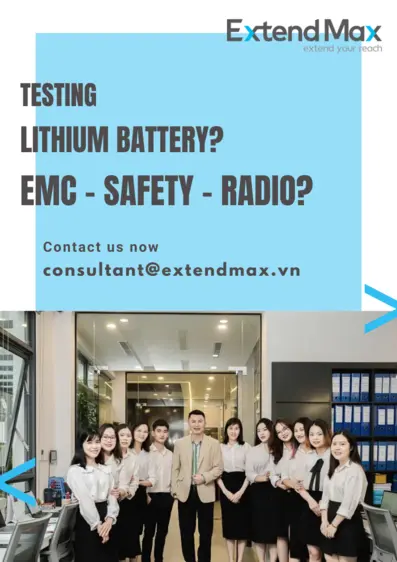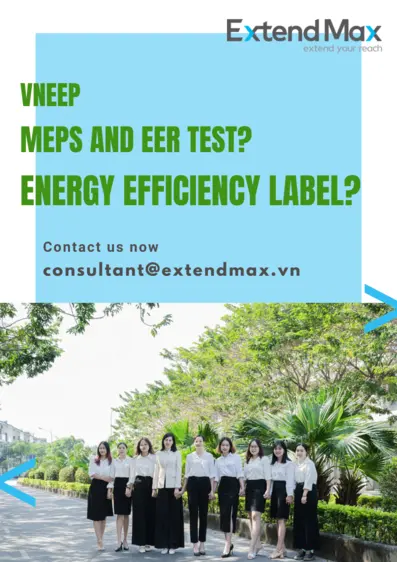EXTENDMAX – LCD TV or LED TV (also known as a television set) is an indispensable device in every home and is also widely used in offices and commercial purposes (projecting advertisements on TV). Every year, the number of smart TVs bearing famous brands such as LG, samsung, Sony, and some mid-range lines such as Casper, Xiaomi .. are imported into Vietnam in very large quantities. Different from other information technology products, DVB-T2 Smart TiVi is also manufactured in Vietnam by many assembly factories, among which there are highly recognizable Vietnamese brands such as Asanzo, Vinsmart. So what are the market access requirements to export smart TV to Vietnam? What is the procedure for domestic TV production and trading? What is the HS code of the TV? Are imported TVs required to apply for imported product quality inspection registration? In addition to the certificate of conformity (MIC ICT type approval certificate) and the energy efficiency label, do you need any additional licenses to import and trade Smart TVs in Vietnam? What types of TVs are not allowed to be imported Vietnam? What is the difference between market access requirements for imported TVs and market access requirements for domestically produced TVs? Let's find out the answers to all the mentioned questions in ExtendMax's below article.
1. What is DVB-T2? What is Smart TV? What is a set top box? Classification of TVs?
Digital television (Digital Television - DTV) is a television technology using digital encoding, which is different from the analog television technology commonly used in Vietnam in the 2010s and earlier. Later, DTV technology was renamed DVB, also known as digital terrestrial television. DVB-T2 (Digital Video Broadcasting — Second Generation Terrestrial) is the 2nd generation of the DVB standard, the first generation is called DVB-T.
Television receiver, also known as TV or TiVi, is an electronic and information technology system capable of receiving and decoding television signals in the form of radio waves or wired signals (via cable television system) to convert to picture and sound and then output it on the display screen. Depending on technology, TVs can be divided into the following groups
TV using Analog technology
Analogue televisions are old TVs, commonly used in Vietnam in the 2010s and earlier, that use analog television signals to play audio and video. This type of television set typically uses CRT bulb technology which is durable, low cost and easy to deploy. However, analog TVs use analog technology, so the sound and picture quality is far behind those of digital TVs, consuming a lot of energy, making it difficult to develop models with large sizes. The 8x generation in Vietnam must have "rotated the antenna column" and will always remember the TV signal test palette as part of their childhood. Since 2014, when the project to digitize television signals in Vietnam was implemented, this type of TV has gradually lost its place in the market. Since December 28, 2020, Vietnam has completely turned off analog television waves, completing a project to digitize television signals, according to which analog TVs are almost no longer usable in Vietnam. Currently only a small number of these TVs are used for special requirements such as collecting, or used to play "four-button" Nitendo games.

TV using LCD, PDP, LED, OLED display technology
TVs use LCD, PDP, LED, and OLED display technologies, which are advanced technologies. The TVs on the market today are all TVs that use these new technologies.
LCD TV is a TV that uses LCD (Liquid Crystal Display) technology, also known as liquid crystal display. This type of TV has the disadvantage that the display image is not as good as other screen technologies, so it gradually loses its foothold in the modern market.
PDP TV is a TV that uses PDP (Plasma Display Panel) screen technology, also known as Plasma TV. Plasma TVs were born at the same time as LCD TVs, capable of displaying better images, but consuming more energy than LCD TVs.
LED TV is a TV that uses LED (Light-emitting diode) screen technology, has better display capabilities than LCD TVs and consumes less power. In essence, an LED TV is an LCD TV but does not use a conventional backlight, but uses microscopic LEDs to illuminate the screen. These LED backlights have the ability to switch on and off to create local dark areas, thereby creating higher contrast and better picture quality than LCD TVs. Today's LED TVs are further developed into LED-based technologies such as OLED, QLED, SLED, micro LED...
Smart TV (TV that have built-in capability to connect to the internet)
Smart TV is a television set that uses one of the above advanced LCD, PDP, LED, OLED display technologies, can install applications, runs on a smart operating system, has internet connection function, or connect to peripheral devices by Wi-Fi, or wired network (LAN), or Bluetooth, capable of running applications (app) to serve entertainment from the internet such as surfing the web, watching youtube, playing games... in addition to the basic function.

Pursuant to MIC Circular No. 07/2013/TT-BTTTT (still valid):
From April 1, 2014, all televisions using LCD, PDP, LED, and OLED screen technology with a screen size of over 32in, imported into Vietnam or manufactured in Vietnam, are required to integrated DVB-T2 digital terrestrial TV signal receiver function
From April 1, 2015, all television sets using LCD, PDP, LED, and OLED screen technology with screen size of 32in or less, imported into Vietnam or manufactured in Vietnam, start must integrate DVB-T2 digital terrestrial television signal receiver function.
Therefore, all TVs sold on the market today are DBV-T2 TVs, with the logo of the project to digitize television signals.
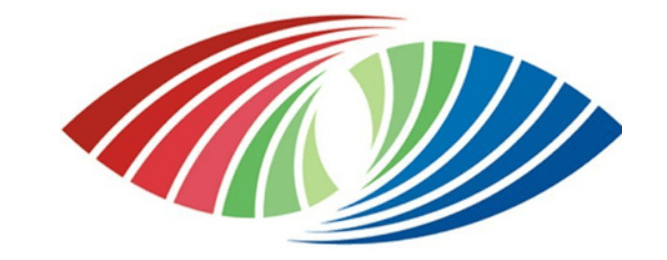
DVB-T2 Set Top Box (TV decoder)
DVB-T2 Set Top Box is a device that decodes DVB-T2 television signals and then transfers picture and audio data to the TV screen. This device is intermediate between the signal source and the TV. DVB-T2 Set Top Box is a device used to "turn" ordinary TVs into TVs capable of receiving DVB-T2. Or you can understand the way DVB-T2 Set Top Box is a digital terrestrial TV decoder that is installed separately outside the TV to add more functions to the TV. This is the lifeline for old TVs, which do not have built-in DVB-T2 receiver function.
2. Vietnam regulations applicable to smart TV.
Legal basis under MIC management scope for ICT approval
→ Circular 02/2022/TT-BTTTT stipulating the list of products and goods subject to regulation conformity certification and/or regulation conformity announcement (list of group 2) goods within the scope of responsibility of the Ministry of Information and Communications
→ Circular 15/2018/TT-BTTTT and Decree 74/2018/ND-CP stipulating procedures for state quality inspection for imported goods
→ Circular 10/2020/TT-BTTTT stipulating the method of regulation conformity certification and announcement of conformity of products managed by the Ministry of Information and Communications
→ Circular 08/2021/TT-BTTTT stipulates the list of equipment exempted from frequency license to compare the operating frequency and transmit power of the device (operating frequency and transmit power of WiFi).
→ MIC Circular No. 07/2013/TT-BTTTT on mandatory requirements of DVB-T2 receiver function for Smart TV
Legal basis under MOIT management scope for VNEEP energy efficiency
→ Decision 04/2017/QD-TTg of the Prime Minister stipulating the list of products under VNEEP energy efficiency program and energy labeling
→ Circular 36/2016/TT-BCT stipulating the process and procedures for announcing energy efficiency labels for household, office and industrial products
→ National technical regulations QCVN issued by the Vietnam MIC and applied to the product.
→ National technical standards TCVN on energy efficiency for television sets: TCVN 9536:2012 (applicable until December 31, 2024) and TCVN 9536:2021 (applicable from January 1, 2025)
Within scope of this article, we only guide on details for market access requirements and ICT type approval for the TV. For VNEEP energy efficiency ratio test and VNEEP labeling declaration of conformity, please see our separate article
Legal basis for other kinds of approval applicable for tablet PC
→ Pursuant to the National Technical Regulation (QCVN) on Restriction of Hazardous Substances (RoHS) for electric and electronic products, which are required to be applied from January 1, 2026, smart TVs with its HS code is fallen under the list subject to regulation conformity certification for RoHS (CR type approval). Please see the instructions for CR RoHS Type Approval for smart TVs on the allowable content of some hazardous chemicals through ExtendMax's separate article.
3. Market access requirements and procedures for Smart TV
Smart TVs with HS code 85287292 or 85287299 belong to the list of group 2 goods of the Ministry of Information and Communications, must apply for Imported Product Quality Inspection Registration (PQIR) procedure, certification of conformity (ICT Type Approval), announcement of conformity (Declaration of Conformity - DoC), and labeled with ICT conformity mark. At the same time, TVs (television sets) are also on the list of vehicles and equipment that must meet VNEEP minimum energy performance standard (MEPS) and labeled with VNEEP energy efficiency labels before being sold on the market.
DVB-T2 terrestrial digital television signal decoder (DVB-T2 Set Top Box) with HS code 85287191 or 85287199, belongs to the list of group 2 goods of the Ministry of Information and Communications. However, the Set Top Box DVB-T2 only apply for Imported Product Quality Inspection Registration (PQIR), Declaration of Conformity , and ICT conformity labeled before being sold on the market (not required to obtain ICT type approval certificate)
a Procedures applicable to imported smart TV
Market access requirements under MIC regulations
(1) Apply for product quality inspection registration process for smart TV
(2) Submit the product quality inspection registration form to the customs authority
(3) Complete customs clearance for the smart TV and taking the goods to the warehouse
(4) Product testing according to applicable technical regulations
(5) Apply for Certificate of Conformity for smart TV
(6) Submit Self-assessment Declaration of Conformity (SDoC) to VNTA
(7) Putting ICT conformity mark (ICT label) on the smart TV or its packaging box before being circulated to the market
In case the importer already has the certificate of conformity and the necessary test results, the importer can carry out the SDoC process and submit Type Approval certificate to VNTA and complete the product quality inspection registration process at no time.
Market access requirements under MOIT regulations (VNEEP)
(1) Make an energy efficiency test registration certificate
(2) Submit the Smart TV test registration certificate to the Customs office
(3) Enterprises can be granted customs clearance or carry out procedures to bring goods back for storage
(4) Take samples for testing, check the minimum energy efficiency for Smart TV
(5) Submit the performance test results to the Customs office to complete the clearance procedures
(6) Carrying out procedures for announcing energy labeling to the Ministry of Industry and Trade
(7) Putting energy labels on Smart TVs before being put on the market
In case the enterprise already has the performance test results or the energy label announcement, the enterprise can immediately submit it to the Customs office for customs clearance.
Please see the separate article for instructions on the procedure for declaration of conformity for VNEEP energy label for smart TVs
b Procedures applicable to locally manufactured smart TV:
Market access requirements under MIC regulations
(1) Product testing according to applicable technical regulations
(2) Apply for Certificate of Conformity for smart TV
(3) Apply for Declaration of Conformity (DoC) certificate issued by the VNTA
(4) Putting ICT conformity mark (ICT label) on the smart TV or its packaging box before being circulated to the market
Market access requirements under MOIT regulations (VNEEP)
(1) Make an energy efficiency test registration certificate
(2) Submit the Smart TV test registration certificate to the Customs office
(3) Enterprises can be granted customs clearance or carry out procedures to bring goods back for storage
(4) Take samples for testing, check the minimum energy efficiency for Smart TV
(5) Submit the performance test results to the Customs office to complete the clearance procedures
(6) Carrying out procedures for announcing energy labeling to the Ministry of Industry and Trade
(7) Putting energy labels on Smart TVs before being put on the market
4. How to determine the QCVNs applicable to DVB-T2 TV, Set Top Box
The national technical regulation QCVN applicable to smart TV and DVB-T2 Set Top Box will be determined based on the radio transceiver technologies applied on the device. Depending on specifications, technologies and application radio frequency, a model LCD TV, LED TV and DVB-T2 Set Top Box will have to be tested in accordance with National Technical Regulations respectively issued by the Ministry of Information and Communications listed below:
Radio frequency (RF) standards:
- QCVN 54:2020/BTTTT (RF for WiFi 2.4GHz)
- QCVN 65:2021/BTTTT (RF for WiFi 5GHz)
EMI and RF EMC standards:
- QCVN 112:2017/BTTTT (RF EMC for WiFi)
- QCVN 118:2018/BTTTT (EMI for MME)
DVB-T2 decoder standards:
- QCVN 63:2020/BTTTT (for DVB-T2 tuner)
Electrical safety standard for ICT terminals
- QCVN 132:2022/BTTTT (for ICT terminals, take effect from 01 Jan 2024)
Important notes on regulations and testing for TVs:
→ In case LCD TV, LED TV, and DVB-T2 Set-top-box which do not support wireless transmitting function (like WiFi), its shall be subjected to DoC only (Type Approval is not required)
→ MIC renews list of products products and goods subjected to mandatory Type Approval certification and Declaration of Conformity annually. Please find most update regulation on our website.
→ Some types of large displays look very similar to TVs at first glance, but they are not TVs in nature, and do not have built-in TV signal receiver function (television tuner). Therefore, these displays do not apply the import and production policy as the policy applies to TV. If this screen is tested according to the QCVN Technical Regulations or the TCVN Technical Standards applicable to TVs, the results will usually be a fail.
5. Testing and in-country test laboratory designated by Vietnam MIC
For standards on RF radio transceivers and EMC compatibility, applicant can conduct testing and testing of equipment at domestic testing laboratories designated by the Vietnam Ministry of Information and Communications or one of the foreign laboratories in the US, Korea, Canada, Singapore (only these 4 countries) recognized by the Ministry of Information and Communications under MRA agreements for applicable standard. Normally, in-country testing process will take 2-3 weeks for smart TVs.
6. Prepare a dossier of Certificate of Conformity for smart TV
The set of application documents for certification of conformity for smart TV composed of the below:
- ICT Type Approval application form
- Enterprise Registration Certificate (ERC) of applicant.
- Technical specifications of the product.
- Product photos including product labels.
- Testing reports issued by MIC designated local labs or oversea labs recognized by MIC under MRA
- ISO 9001 certificate of the factory or the shipping documents (according to applicable certification system)
- Some other forms prepared by ExtendMax for the customers to sign (and stamp)
Learn more about ICT certification systems on our general guides for ICT Type Approval
7. Type Approval certification bodies designated by Vietnam MIC
Currently, the only certification body designated by the Vietnam MIC is the Telecom Metrology and Quality Center - a subsidiary of the VNTA. Applicant can submit the application documents to one of the following addresses: :
→ Telecom Metrology and Quality Center in Hanoi (VNTA building)
→ Branch of Telecom Metrology and Quality Center in Da Nang
→ Branch of Telecom Metrology and Quality Center in Ho Chi Minh City
Telecom Metrology and Quality Center will review and evaluate the applicant's certification dossier and issue a Type Approval certificate if the dossier is complete and consistent with the regulations of the MIC, VNTA.
The process of verifying documents and issuing the Type Approval certificate normally takes 2 weeks.
8. Declaration of Conformity process for smart TV
Based on the issued Certificate of Regulation Conformity, the importer or manufacturer must continue to carry out the procedures for Announcement of Regulation Conformity at the Department of Telecommunication - Ministry of Information and Communications.
a Procedure for Declaration of Conformity for imported smart TV:
The applicant (importer) prepares a dossier of declaration of conformity (self-assessment declaration of conformity) for the consignment, including:
(1) Self-assessment declaration of conformity form according to Decree 74/2018/ND-CP
(2) A copy of the certificate of registration for quality inspection of the consignment
(3) Registered ICT mark (with CODE) of the importer for the first time or when having a change in ICT mark.
(4) Product technical specifications document (data sheet, specifications, user manual)
(5) Type Approval certificate of the product (together with LOA issued by manufacturer if TAC is held by manufacturer)
For imported products, the procedures for declaration of conformity shall be completed as soon as the VNTA receives the above-listed dossiers. "Notice of receipt of the Declaration of Conformity" has been terminated for imported products since 2018 by the VNTA
b Procedures for declaration of conformity for domestically produced smart TV:
The enterprise prepares a set of dossiers of declaration of conformity for products according to regulations, including:
(1) Form for Declaration of Conformity according to Circular 30/2011/TT-BTTTT
(2) Conformity self-assessment form according to Decree 74/2018/ND-CP
(3) Registered ICT mark (with CODE) of the importer for the first time or when having a change in ICT mark.
(4) Product technical specifications document (data sheet, specifications, user manual)
(5) Type Approval certificate of the product issued by MIC designated Certification Body
For domestically produced products, the VNTA receives the dossier, verify the dossier and issues a "Notice of receipt of the Declaration of Conformity" with a validity period of 3 years to the applicant (only local manufacturer can be applicant for this process). Applicant applying for Declaration of Conformity for the first time will need to apply for an ICT CODE code and register a its own ICT mark (ICT label) to the VNTA.
The above steps are all market access requirements for importing, manufacturing and trading smart TV in a comprehensive manner in compliance with the provisions of law and sub-law documents on radio equipment, telecommunications, and information technology according to regulations of the Ministry of Information and Communications.
9. How can ExtendMax help you in the market access requirements?
With many years of experience in consulting market access requirements and type approval certification for smart TV for the leading manufacturers and leading brands such as LG, samsung, Panasonic... we can support you with all market access requirements and import procedures including:
→ Evaluate the technical specification of the product, determine whether the products meets MIC requirements on operational conditions (frequency, Tx power) and allowed to be imported to Vietnam or not.
→ Evaluate documents, certificates of quality management system ISO 9001, determine the most suitable and lowest cost Type Approval certification system
→ Consulting and supporting the initial import procedures for customs clearance such as registration for performance testing, product quality inspection registration process for imported smart TV.
→ Acting as local representative for applicant in carrying out testing, type approval certification, and conformity announcement procedures for smart TV
→ Apply for ICT CODE for the importer, register importer's ICT mark or apply for ICT Mark modification upon request.
→ In case businesses need to import in small quantities, or receive goods without payment from parent companies or foreign partners, ExtendMax is capable and qualified to provide good import solutions. Or simply we provide Importer of Record IOR service to solve your worries and problems.
10. Contact information for market access requirements consulting
EXTENDMAX VIETNAM COMPANY LIMITED
Hotline: +84 915 836 555 | Hanoi: +84 24 6666 3066
Email: consultant@extendmax.vn | phuong.tran@extendmax.vn
HO: ExtendMax Villa, C01-L18 An Vuong, Duong Noi urban area, Duong Noi ward, Ha Dong district, Hanoi City, Vietnam
Test laboratory: BT02-21, An Hung urban area, To Huu street, La Khe ward, Ha Dong district, Hanoi City, Vietnam
If you find our article useful and valuable in practice applications, please support us by rating it, leaving your comment at the bottom of this article, and sharing it with your colleagues or the industry. Your review will be a great motivation for us to write more detailed and valuable procedural guides for importing, exporting organizations.
↓ ↓ ↓ ↓ ↓ ↓ ↓
11. Preview of MIC ICT Type approval certificate for smart TVs

12. Preview of MIC ADoC certificate for domestic manufactured TVs
